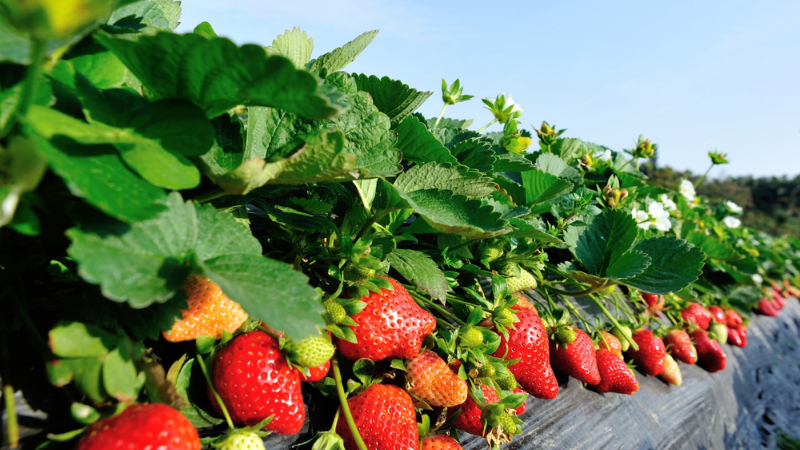In my last column, I provided an overview of the citrus industry in China. In this column, we’ll shift the focus more to China as a market for citrus products. With a population of 1.3 to 1.4 billion people, China ranks with India as the most populous countries in the world. Unlike India, however, China’s rate of population growth has slowed. The one-child policy that has been in place for several years has resulted in little population growth over the past decade. Some forecasts suggest that unless the one-child policy is relaxed, China’s population may begin to contract. Even though there has been strong migration from rural areas to the cities, nearly three-fourths of China’s population still resides in either rural areas or small cities. During our visit in June, we were still struck by the high level of new construction, even in smaller cities.
We are in the process of initiating consumer studies to better document Chinese attitudes toward citrus products. The following observations represent consensus we heard from Chinese researchers regarding citrus consumption in China. First and foremost is that citrus products have been a part of the Chinese diet for centuries. Remember that most citrus varieties originated in China. Citrus production is widespread across southern China so that fresh citrus is available throughout the country during the main harvest period extending from November to March.
OJ Observations
With respect to orange juice, there are two very important differences between China and the U.S. First, orange juice consumption occurs mostly in less than 100% orange drinks. The orange content of most of these drinks is 10% to 30%. Minute Maid has introduced a product known as “Pulpy Orange,” which is made from juice sacs imported from Florida or Brazil, with juice solids from FCOJ added to make the product 10% orange juice. Caloric sweetener and water make up the rest of the product. Pulpy Orange has been very successful. It is sold in shelf-stable containers and is available throughout the country where Minute Maid has apparently piggy-backed upon the Coca-Cola distribution network. The idea behind Pulpy Orange is that the relatively high pulp content provides a mouth feel that conveys that it is a “natural” product even though it is only 10% orange juice. Bob Norberg of the FDOC has made calculations that suggest if per capita consumption of Pulpy Orange was one bottle per month, the equivalent would be more than 41 million boxes of oranges.
Culture Shock
Another important difference is that citrus consumption in China does not appear to occur at breakfast. Several Chinese researchers told us that the Chinese consumer prefers warm flavors at breakfast and believe that neither orange juice nor fresh grapefruit will become a part of typical Chinese breakfast fare. Therefore, if consumption of orange juice is to increase, it will be at times outside of breakfast.
Increasing consumer income has been associated with increased consumption of citrus products in many other countries. It will be interesting to see the outcome in China as its economy grows.
New Efforts Grow To Help Protect the U.S. Avocado Industry
Thomas H. Spreen is a professor emeritus in the Food and Resource Economics Department at the University of Florida in Gainesville. See all author stories here.









